Clay Smoking Pipes
Guest Curator, Kathryn Sabella and Guest Editor, Diane Dallal
11.30.2017
Smoking was a popular pastime in colonial New York that was enjoyed by everyone-- men, women, and children. As clay tobacco pipes were relatively inexpensive, fragile, and easily replaced, remnants of these artifacts are now found in 17th-19th-century deposits at nearly every archaeological site in New York City. Because they were only used for short periods of time, tobacco pipes are important indicators of who was living and smoking at a particular site, and when. Some pipes show no evidence of use, while others with blackened bowls or stems were likely smoked at one time. Tobacco pipes also left a mark on the people who smoked them. At historical burial sites, physical anthropologists study the skeletal remains of people who lived and died hundreds of years ago. Habitual tobacco users from the Colonial Era often are found with teeth stained brown or black. Some of these individuals eventually wore down the enamel on their teeth to such an extent that they developed facets or even holes in their bite from repeatedly clenching and biting down on hard clay pipes. Archaeologists who specialize in artifacts look to material culture to learn about the lives of these people through objects, and study the shape, size, and decorations on pipes to answer questions about where smoking pipes were made as well as the history of tobacco use in the colonies. Clay smoking pipes also have much to teach us about the relationships between pipemakers and consumers, and the various social and cultural groups to which these people belonged.
Fragments of tubular stone tobacco pipes have been recovered from several Late Archaic Native American burial contexts in the United States supporting the idea that Native Americans were the first pipemakers and smokers in the region. Tobacco was a native crop in North America and often smoked in ritual contexts. Old World pipemakers copied the styles of pipes that they encountered in the New World, and European pipe manufacturers have been traced as far back as the early 17th Century in English cities such as London, Bristol, and Liverpool. English immigrants brought the practice to the Netherlands during this period and began to set up business as pipemakers, particularly in Amsterdam and Gouda, where men, women, and apprentices worked together in small shops. Pipemakers used wires to pierce holes through the center of the clay stems so that smoke could travel through. The widths of these bore holes changed throughout time and can be indicators of when a pipe was manufactured. The shape and size of clay tobacco pipes also provide clues about their origins. Many older Dutch pipes from the early- to mid-17th Century have pot-bellied bowls attached to thick, long pipe stems. Some of these stems and bowls join at such a wide angle that the pipe appears to be reclining. Early pipes also tend to have small bowls (called “fairy bowls” by the English), as tobacco was quite expensive and smoked in lesser quantities. Tiny smoking pipes found at archaeological sites also may be examples of toys, as colonial children enjoyed blowing bubbles and sometimes used clay pipes to do so. In comparison, 18th- and 19th-century pipes tend to have larger bowls; people were becoming more accustomed to the effects of smoking and the price of tobacco had decreased by this time. These later pipes also have stems and bowls that join at smaller angles than their predecessors.
In addition to studying the shape and size of pipes to determine their age and origin, archaeologists also examine decorations found on pipe stems, heels, and bowls. Pipemakers would often stamp different parts of a pipe with their initials, company name, or symbol, known as a maker’s mark, to differentiate one person or firm’s product from another. In the Netherlands, these marks were protected by a pipemaker’s guild and highly valued, and could be leased and sold to other pipemakers. Widows were permitted to continue using their husband’s maker’s mark after their death, and the same mark could be found across generations of pipemakers. Historical documents such as marriage licenses, apprenticeship records, wills, and deeds help researchers assign dates to specific maker’s marks as well as the archaeological contexts containing pipes with these symbols. At New York City’s Seven Hanover Square site alone, more than 100 distinct maker’s marks were identified, revealing the products of at least six different cities across five countries.
Maker’s marks are not the only motifs commonly found on historical smoking pipes. Many of these artifacts also feature elaborately molded stems and bowls. Pipes with decorations such as coats of arms, masonic emblems, or ethnic, political, and religious symbols were marketed to particular communities and revealed historical events as well as the affiliations and interests of the people who smoked them. In the 17th Century, ornamentation was primarily found on stems in the form of diamonds, fleur-de-lis, dots, and lines. These motifs are less prevalent on 18th and 19th-century pipe stems, which often are found attached to elaborate bowls with molded decorations such as heraldic figures, fluting, and floral and botanical symbols.
The maker’s marks and decorations highlighted on the clay smoking pipes below are only a small sample of what archaeologists find at New York City sites. Explore the rest of the Repository’s collections to see more examples of decorated pipe stems and bowls.
For further information and citations of the above please see:
Bankoff, Arthur. Personal Communication, March 22, 2017.
Dallal, Diane. “Appendix F: Pipe Analysis.” In The Archaeological Evaluation of The Seven Hanover Square Block: A Final Report, edited by Nan Rothschild and Arnold Pickman, 1990.
Dallal, Diane, Meta Janowitz, and Linda Stone. Battery Walls, Sherds, and Clay Pipes: Getting to Know Colonial-Era New Yorkers Through Archaeology at the South Ferry Terminal Site. AKRF, URS Corporation, May 2011.
Dallal, Diane. “Irish Pipe,” May 16, 2017.
Dallal, Diane. “A Possible Turkish Pipe in New York City.” Society for Clay Pipe Research 42 (Spring 1994): 38–40.
Dallal, Diane. “The Tudor Rose and the Fleur-de-Lis.” In Smoking & Culture: The Archaeology of Tobacco Pipes in Eastern North America, edited by Sean M. Rafferty and Rob Mann, 1st edition. Knoxville: Univ Tennessee Press, 2005.
Geismar, Joan H. “Washington Square Park Greenwich Village, New York: Phase 3 Construction Field Testing Report.” AAH Construction Corp, November 2013.
Hume, Ivor Noël. A Guide to the Artifacts of Colonial America. Philadelphia: University of Pennsylvania Press, 2001.
Rafferty, Sean M., and Rob Mann. “Introduction: A Brief History of Smoking in North America.” In Smoking & Culture: The Archaeology of Tobacco Pipes in Eastern North America, edited by Sean M. Rafferty and Rob Mann, 1st edition. Knoxville: Univ Tennessee Press, 2005.
“Written in Bone - Pleasure of a Pipe.” Accessed October 19, 2017.
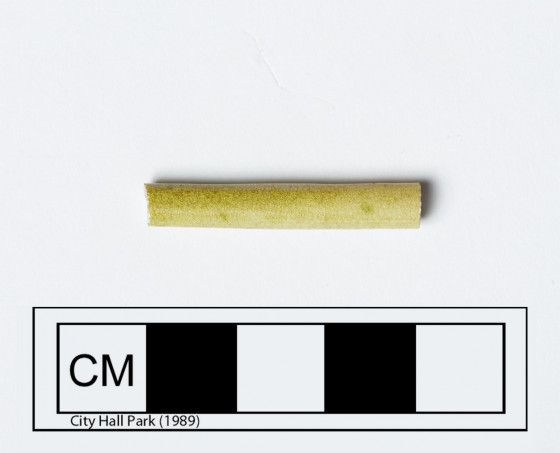
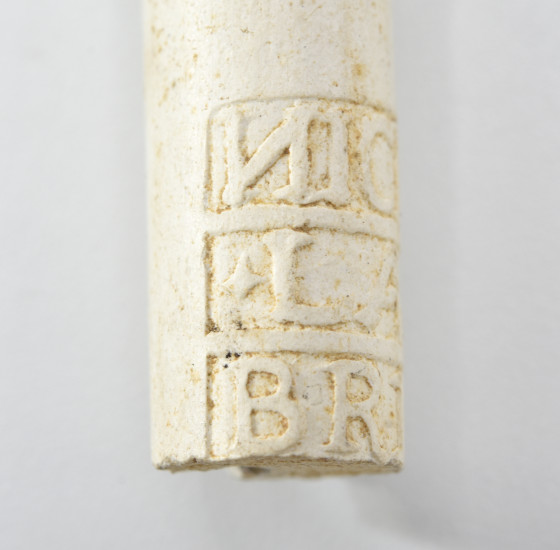
(ca. 1730 - ca. 1776)

(ca. 1660 - ca. 1680)

(ca. 1630 - ca. 1640)
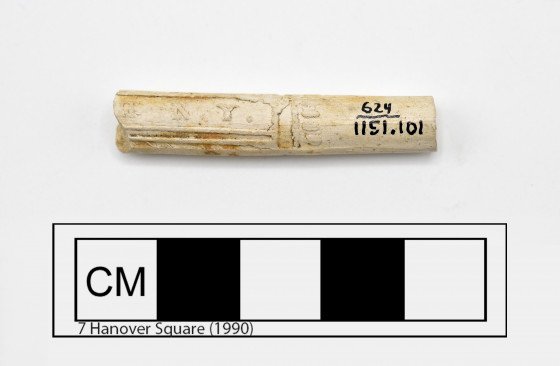
(ca. 1850 - ca. 1870)
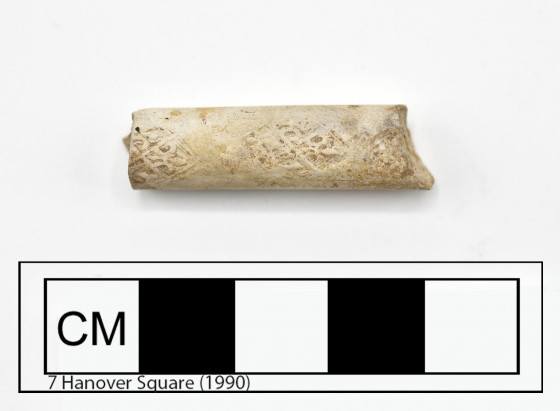
(17th Century)

(1650 - 1664)
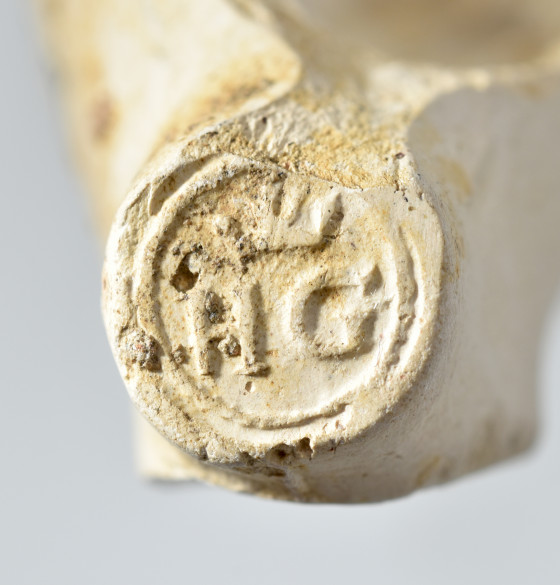
(1668 - 1688)
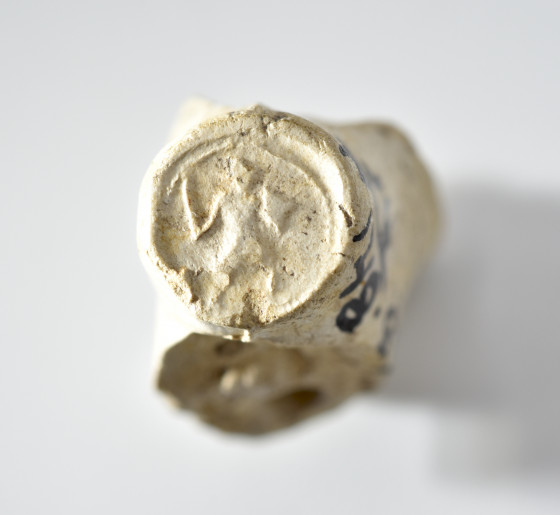
(ca. 1675)
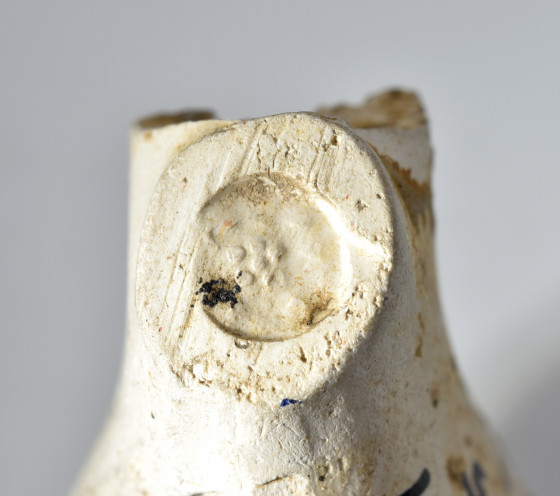
(17th Century)

(ca. 1918)
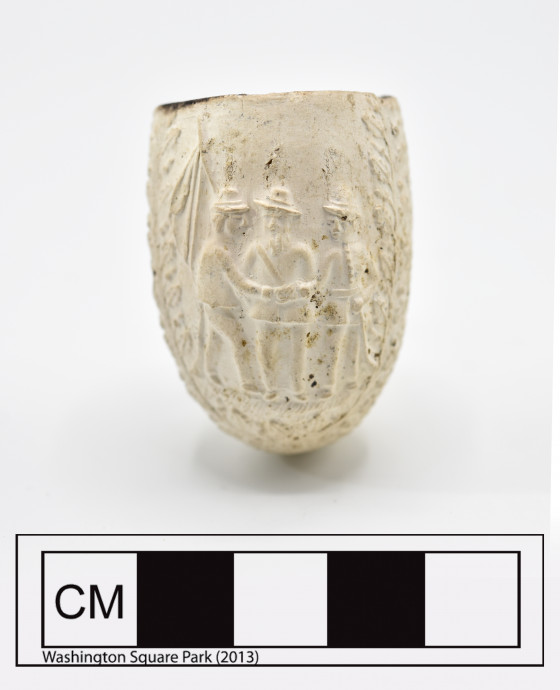
(ca. 1850 - ca. 1910)
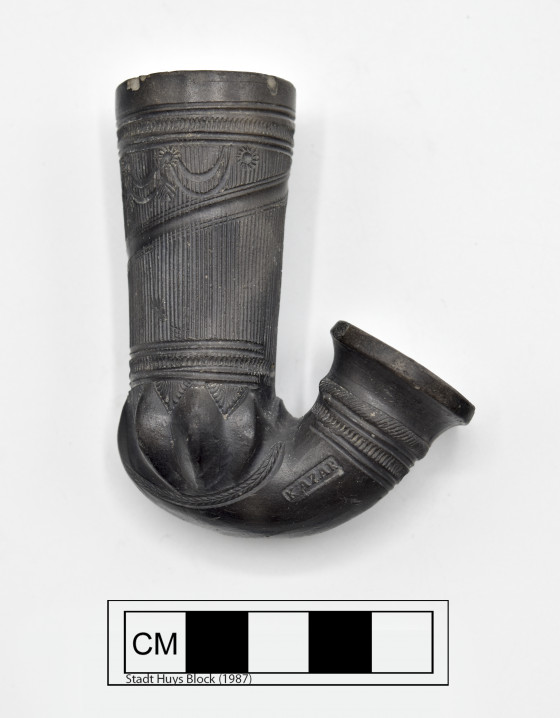
(19th Century)